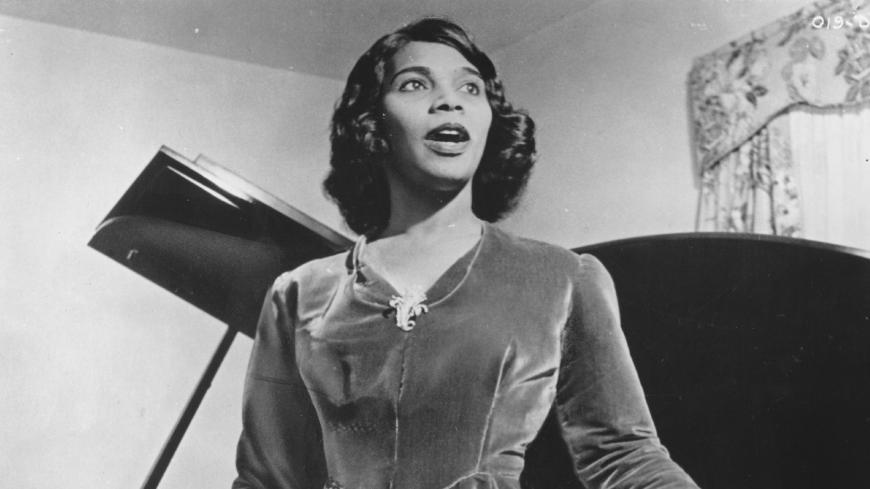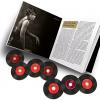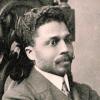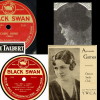
Marian Anderson’s PBS American Masters The Whole World in Her Hands, which premiered nationwide Tuesday night, Feb. 8,on PBS, is one of the most extraordinary documentary films I have ever watched.
Perhaps this is because I am African American and the youngest child of Philadelphia parents who lived and celebrated Marian Anderson’s important cultural impact for Black Philadelphians in their teenage years of the late 1920s and early 1930s. Beginning in 1932, my mother Frances, an ambitious young teenager living in challenged circumstances in North Philadelphia, idolized Marian Anderson.
Anderson was not only a role model but a source of cultural and racial pride for all of Black Philadelphia of the late ’20s and ’30s. My mother knew one of Marian’s sisters and wrote about that in her diary of 1930–1937.
Yet, nothing was more impactful for me growing up as a 5- and 6-year-old than hearing my mother’s fabled story of watching Anderson, her idol of idols, 30 feet ahead of her in the commencement line up of her June 1940 Temple University graduation.
There was Anderson in cap and gown, being celebrated at Temple with an honorary doctorate. (Anderson was also awarded honorary doctoral degrees from Howard University, Smith College, and many other colleges and universities.) My mother stood there mesmerized. That memory stayed with her for the rest of her life and, by extension, with me.
The all-encompassing impact of Marian Anderson as the quintessential role model for generations of Black concert singers, the stately symbol of dignified poise and artistic exceptionalism in the face of racial animus, speaks powerfully through this mesmerizing documentary.
It begins, cheekily, with her appearance on a 1950s TV quiz show, where blindfolded celebrity guests try to guess who she is. It then weaves a magical spell with a series of montages of historic photographs with voiceover narration that amplifies the singer’s historic significance.
That legendary Easter Sunday, 1939 concert at the Lincoln Memorial, attended by 75,000 people, and heard by millions in radio station broadcasts coast to coast, was a statement to all of America, Black and white, of the power of dignity, resilience, and the determination of a remarkable voice, which would become the anthem and symbol for human rights and civil rights for Black Americans in an increasingly agitated Jim Crow America.
The film expounds on this signature moment in Anderson’s career, which became an inspiration globally for the pursuit of human rights for all peoples.
The film takes you on a remarkable journey using silent-film footage, photographs, and a striking use of sepia-toned, filmed reenactments of diary moments that Anderson reveals in taped interviews about her early life and career. These reenactments are so distinctive that they take on a separate dimension as a film within a film. Perfectly cast and set as if for a period film, they tell not only Marian Anderson’s story, but equally important, the story of the Black experience in America before Pearl Harbor.
The filmmakers intercut their materials so skillfully that they create the effect of having Anderson herself act as guide. The effect is provocative: Anderson’s voice and her words describe every important step of her life.
As in an art gallery tour, there are significant points that mesmerize and capture you and require you to stop, sit down, and contemplate, as the film shines light on hitherto unknown aspects of her life, her family, her intimate relationships, and her inner thinking.
In classic documentary style, the film showcases a wide range of academic speakers along with interviews with her family. Hearing her niece and her daughter-in-law recount their intimate experiences of Anderson provide a window into the later stages of her life.
From her poignant voice in the Negro spiritual “Crucifixion” heard over a photograph of the violently beaten body of a Black man killed in the 1919 Chicago Race Riots, to her backstage tour of her legendary 1955 Metropolitan Opera debut as Ulrica in Verdi’s The Masked Ball, to her historic performance of “He’s Got The Whole World in His Hands" at the 1963 March on Washington, Marian Anderson invites us into her living room for a day long conversation about Marian, the child, the youth, the singer, and consummate global messenger for essential human and civil rights.




